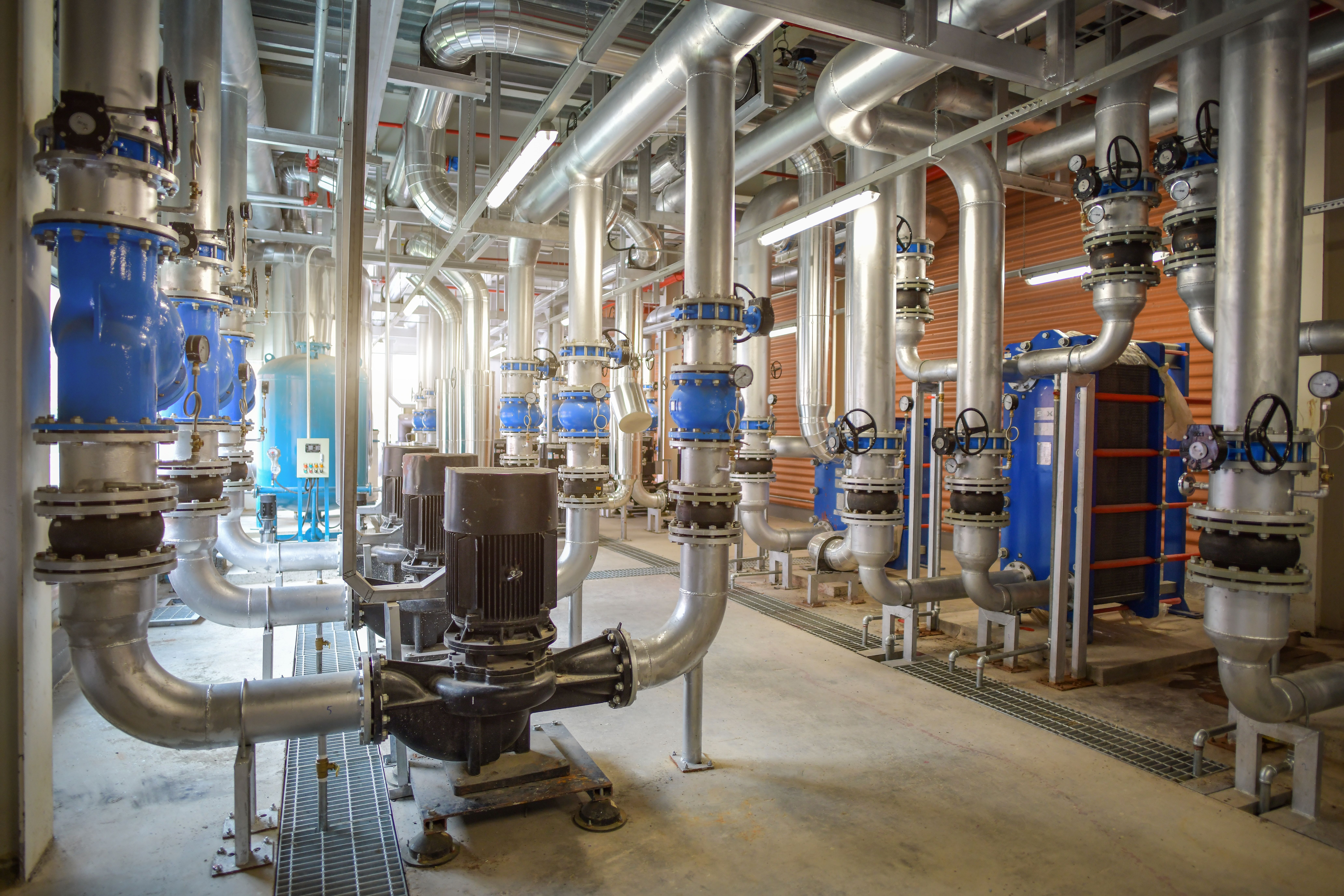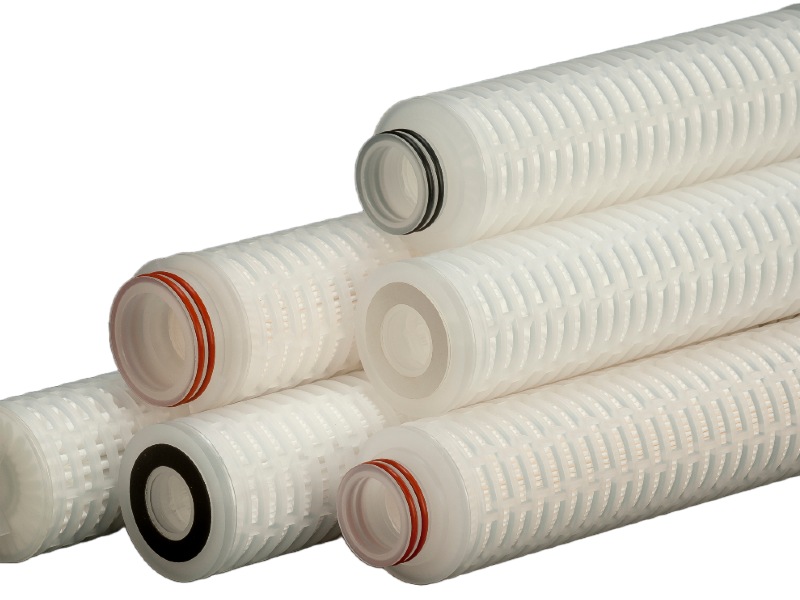The Need for Data Centres to Reduce Water Consumption
Data centres are major consumers of water, primarily for cooling systems. As digitisation increases and more computing shifts to the cloud, the demand for efficient water use in these facilities is growing.
A small data centre with an average power consumption of 1MW can use around 25.5 million litres of water annually. Medium-sized data centres, with a 15MW load, may consume as much water as three average hospitals.
The Pressure to Conserve Water
Although data centres represent a small fraction of total water use, their location in densely populated areas exacerbates local water supply challenges, especially in the context of climate change and increased demand. Consequently, data centre operators are prioritising water conservation to improve their environmental, social, and governance (ESG) performance. For instance, over 100 data centre companies in Europe have committed to the Climate Neutral Data Centre Pact, which emphasises reducing water usage alongside using carbon-free energy.
The Importance of Water Quality
Maintaining high water quality is crucial for the efficiency and longevity of cooling systems. Poor water quality can lead to:
- Scaling: Mineral deposits that reduce heat transfer efficiency and increase maintenance needs.
- Corrosion: Chemical contaminants causing equipment damage and leaks.
- Biological Growth: Microorganisms causing biofouling and further reducing cooling efficiency.
By focusing on these areas, data centres can significantly reduce their water footprint while maintaining operational efficiency.
Sidestream Systems Offer a Solution
To address these issues, data centres implement robust water treatment processes, including filtration, chemical treatments, and biocides. Sidestream systems play an important role in maintaining the quality of water used in cooling systems by diverting a part of the main flow from a system, such as a closed loop or water treatment system, through a separate filtration unit. This diverted flow undergoes thorough filtration, targeting impurities, contaminants, and particles that may otherwise accumulate within the entire system.
Other Strategies to Reduce Water Use
Operators are adopting various strategies to minimise water consumption:
- High-Efficiency Cooling Equipment: Implementing modern chillers and cooling towers, and using variable-speed pumps to adjust cooling capacity based on demand.
- Cooling System Optimisation: Enhancing the efficiency of cooling systems through set point adjustments, optimised airflow, and advanced control systems.
- Efficient Equipment Design: Using energy-efficient servers and IT equipment to lower heat generation and reduce cooling needs.
- Free Cooling: Utilising outside air to cool equipment when weather permits, reducing reliance on mechanical cooling systems.
- Water Reclamation and Recycling: Reusing water within cooling systems and sourcing alternative water supplies such as boreholes, rainwater, greywater, and treated wastewater.
At Pore Filtration, we offer a comprehensive range of Sidestream filter systems for new installations and also replacement cartridges to retrofit existing installations. Also see our applications section on process water for filtration on water treatment systems.
Our expert team is ready to assist you with all your filtration needs. For further information and costing, please contact us at enquiries@porefiltration.co.uk or visit our website at porefiltration.co.uk.
PoreFiltration – Making your filtration systems work harder




/collage.jpg)
